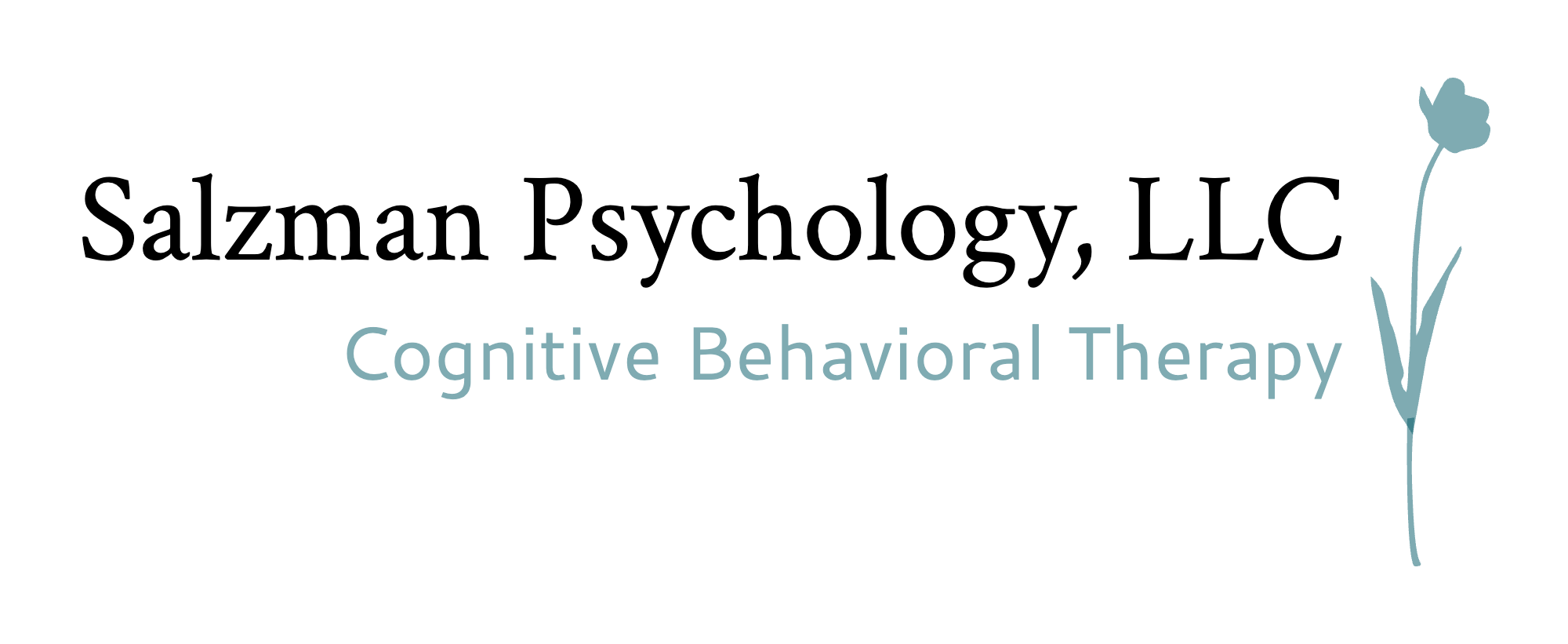Are you experiencing recurrent panic attacks? Do you worry about having more panic attacks in the future? Have you started to avoid going places because you are fearful of having a panic attack and getting trapped? If this sounds like you, I want you to know that you don’t have to suffer forever. Cognitive Behavioral Therapy (CBT) is evidence based and very effective for treating panic disorder and agoraphobia.
CBT for Panic Disorder & Agoraphobia
Panic Disorder
Panic attacks are one of the scariest experiences a person can have, and can feel like you are literally dying and losing all control. Panic Disorder happens when a person has recurrent panic attacks, often completely out of the blue, and worries a lot about having more attacks.
-
• Palpitations/pounding heart/increased heart rate.
• Sweating.
• Trembling/shaking.
• Shortness of breath/sensation of smothering.
• Feeling of choking.
• Chest pain/discomfort.
• Nausea/abdominal distress.
• Feeling dizzy/unsteady/light-headed/faint.
• Chills or hot flushes.
• Numbness or tingling.
• Feeling detached from yourself or from reality.
• Fear of losing control or going “crazy”.
• Fear of dying.
Panic Disorder can disrupt almost all aspects of your life. You may feel you have to avoid situations that may trigger a panic attack, leaving you missing out on activities you enjoy. If you are experiencing panic attacks, I want you to know that CBT is an evidence based, and very effective, treatment. Working together we will learn about the cycles of panic that are keeping you stuck, and learn new ways to cope. One of the most effective parts of CBT for panic disorder involves helping you to face your fear of the symptoms of panic, using Interoceptive Exposure (where we will practice getting used to the symptoms of panic so they are no longer so frightening). Even though panic disorder feels awful, the good news is that CBT is very effective, and generally works very quickly, with many people reporting relief from panic attacks in just a few sessions. You can conquer your panic, and get back to enjoying life.
Agoraphobia
Agoraphobia develops when you start to avoid certain situations because you fear that you will not be able to escape, or get help, if you have a panic attack or other anxiety symptom.
-
• Driving or flying.
• Traveling by subway, bus, boat or taxi.
• Waiting in lines, or being in crowds.
• Stores, salons, restaurants or theaters.
• Traveling long distances from home.
• Being in unfamiliar areas.
• Taking long walks.
• Being in closed-in spaces.
• Being home alone.
• Riding elevators or escalators.
Agoraphobia can be very debilitating as it can leave you unable to travel, work, or even do everyday activities. Luckily, CBT is highly effective for treating agoraphobia. We will learn about the cycles of agoraphobia that are keeping you stuck in avoidance (which keeps your anxiety strong). We will also use Systematic Graduated Exposure (slowly practicing getting used to frightening situations), which is an evidence based, and very effective tool to address your fear. Working together, we can learn how to tackle your agoraphobia and get you back to doing the things you want to do.
“Everything you want is on the other side of fear.”



